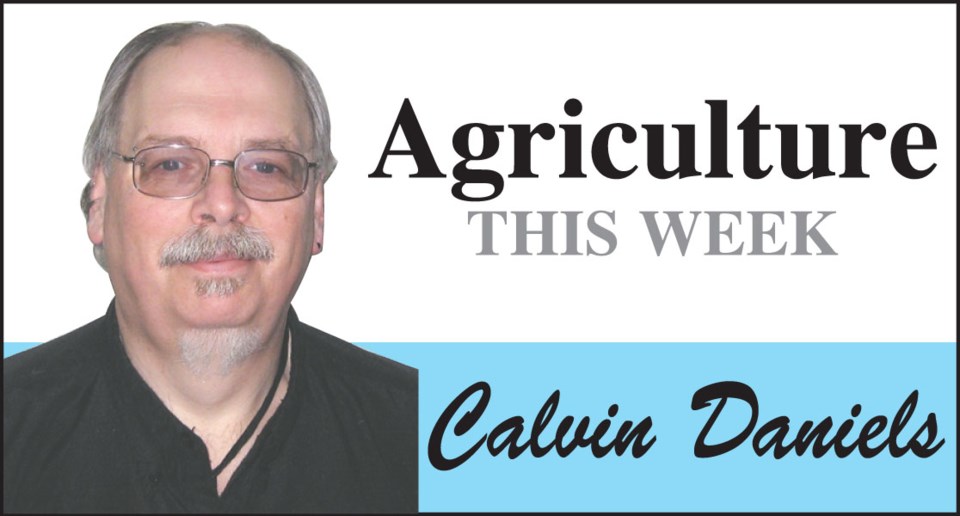The other day, on one of those glorious afternoons when I was actually off for holidays, I was perusing Facebook primarily as a time sink, when I happened upon a post that I found interesting.
The post called for Canadian gas stations to sell only Canadian gas, and for stores to sell only Canadian beef.
While the post was rather specific in focusing attention on only two things, it made sense in terms of wanting to support the economy of Western Canada as oil and beef are rather significant to the region.
On the surface the idea would seem to make excellent sense. Frankly I’ve often thought there should be a maple leaf tag on any product made in Canada so that consumers could support local producers, and local jobs.
But, then I paused long enough to remember items in a store are not so easily defined by some arbitrary border line on a map.
And, of course it’s important to remember the Canadian beef and oil sectors do rely heavily on export sales to be viable.
We only need to recall what happened in 2003 when a case of bovine spongiform encephalopathy was identified in a cow in Alberta. Borders closed to Canadian exports of cattle and beef and the country was left with mountains of beef to deal with in a country with not enough people to deal with it. The cattle sector was shaken to its core with massive losses piling up until the BSE scare passed.
The Canadian agriculture sector in particular relies on access to export markets to be viable. It would be difficult to access those markets if we suddenly went to a Canadian only in-store system here.
The idea of a label works no better.
Producers in Canada fought long and hard against the idea of Country of origin labelling (COOL), in the United States because it was seen as a major detriment to market access of Canadian beef.
The issue becomes when does beef become only from a particular country? Is a calf born in Alberta forever Canadian? Or, if that calf is sold to a U.S. feedlot when it’s 500-pounds, does it become American beef at some point as it grows toward being ground into hamburger?
And, what about from a Canadian perspective, what do you label that same calf born here, finished in the States and then the steaks sold in a Canadian store?
The complexity of trade, and the need for open access as possible to foreign markets unfortunately make a sell Canadian only system one more likely to hamstring key sectors than it is to be supportive of Canada’s economy.




